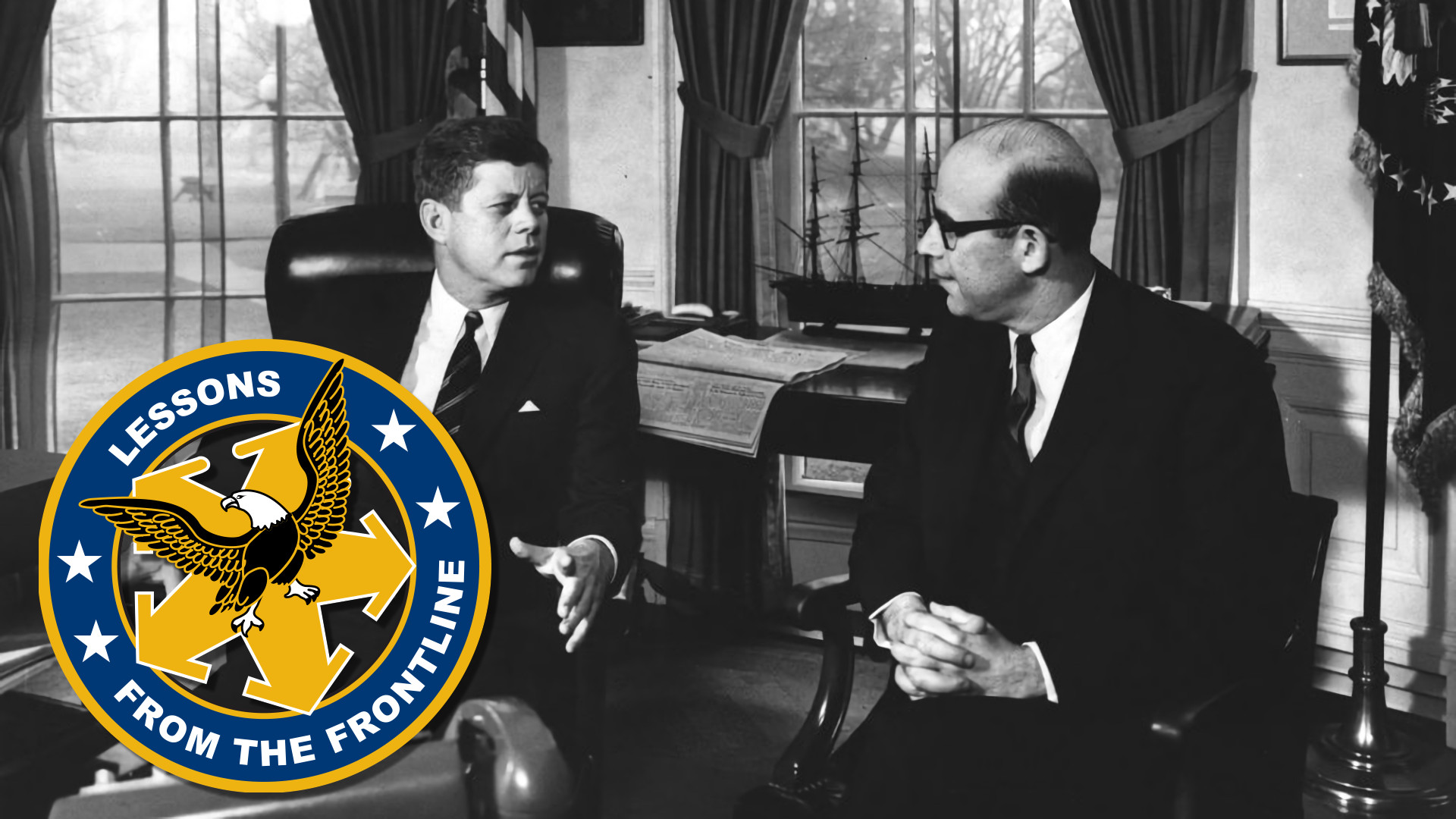
By Gregory F. Treverton
Probably the most important personal lesson I learned from my years in the bureaucratic wars, I learned in my first job—as a staffer on the first Senate Intelligence Committee, often called the “Church Committee” after its chair, Sen. Frank Church (D, ID). The job was a dream come true for someone finishing his doctorate on presidential decision-making. This was the first-ever raising of the skirt on intelligence, and the senators would sit still for long briefings that had nothing to do with their political futures—just because the substance was so new and fascinating.
I had come to Washington thinking I would look at the use, abuse, or neglect of intelligence analysis around presidents. Hardly surprisingly, though, given the times in the aftermath of Watergate, I spent most of my time on covert CIA operations, and most of that on Chile. There had been press accounts that the CIA had been behind the coup that toppled Salvador Allende in September 1973, and so Chile was a major focus of the committee’s inquiry, and it determined early to try to make the Chile case public.
Allende, a socialist and avowed Marxist, won a narrow plurality of the national vote on 4 September 1970. As September wore on, the Nixon Administration became increasingly frantic that the Christian Democrats, in power, would not support a coup or other means to deny Allende the presidency. On the 15th, Nixon met with his National Security Advisor, Henry Kissinger, the Attorney General, John Mitchell, and the CIA director, Richard Helms. At that meeting, Helms was ordered to start a separate CIA operation to keep Allende from becoming president. This separate operation, creatively labelled “Track II,” was to be done urgently and without the involvement of the embassy. Helms’ handwritten notes convey the urgency: “one in ten chance perhaps, but save Chile!; worth spending; not concerned risks involved.”
Track I involved diplomatic and financial pressure on Chile; its aim was to convince the sitting president, Eduardo Frei, to block Allende’s accession to the presidency. Various ways of doing so had been under discussion in Washington and between it and the embassy for several months. In substance, Track II differed primarily in that it was prepared to conceive a coup without Frei’s acquiescence.
And so, in the early summer of 1975 I found myself on a plane to Briarcliff Manor, New York, to meet with Edward Korry, who had been the American ambassador to Chile in 1970. A journalist and editor who had worked in post-war Europe, Korry had been recruited by the Kennedy Administration, then on the look-out for liberal anti-communists. He had something of a reputation in the State Department for his “Korrygrams,” sometimes undiplomatic musings rendered in colorful prose. Nixon’s order was explicit that neither Korry nor his staff were to be informed of Track II, and my mission was to confirm that Korry had indeed not known about it.
I fairly quickly determined to my satisfaction that he had not. But I was treated to five hours of verbal Korrygrams aimed at people, both Chileans and others, who had let him down, especially the “bumbling Christian Democrats.” In one memorable cable, he had written that leadership requires “cabeza, corazón, and cohones” (brains, heart, and balls). I managed only a handful of questions but did get his agreement to testify in open session; to be sure he would be a dramatic and voluble witness!
With that, I passed on to other work. Trouble was, the open session kept getting postponed as the committee argued with the Ford Administration about format and substance. It didn’t finally occur until early December. A month earlier, the Committee issued its interim report on alleged assassination plots involving the CIA. One of those was connected with Track II, which had sought to “neutralize” the Chilean chief of staff, Gen. René Schneider, who opposed any coup. The circumstances were murky, but a group of plotters with which the CIA had been in contact killed Schneider, perhaps in a bungled kidnapping.
The interim report made clear that Korry had not known of Track II, but it did quote several Korrygrams, which we picked up by national columnists. Anthony Lewis of the New York Times, quoted Korry in a late November column reporting that he had told Frei that “Not a nut or a bolt will be allowed to reach Chile under Allende…We shall do all within our power to condemn Chile and all Chileans to utmost deprivation and poverty.”
A day or two later I was sitting in the office when I got a call from Korry. He was angry and blunt: he had contemplated suicide once before, and if he did so again, it would be on the committee’s and my head.[1] I instantly understood my mistake: I had been focused on substance, made the confirmation I needed and identified Korry as ideal for the public session. What I should have understood was that he was on the edge: what I needed to do was invite him to Washington, get a stenographer and let him spill it all out for a day on the record.
The lesson has stayed with me for a lifetime. It is all too easy for us officials to become preoccupied with the issues; after all, they are what drew us to public service. Yet behind the issues are human lives, full of hopes and fears, dreams and nightmares, marriages and mortgages. We need always to be mindful of those in a way I was not with Ambassador Korry.